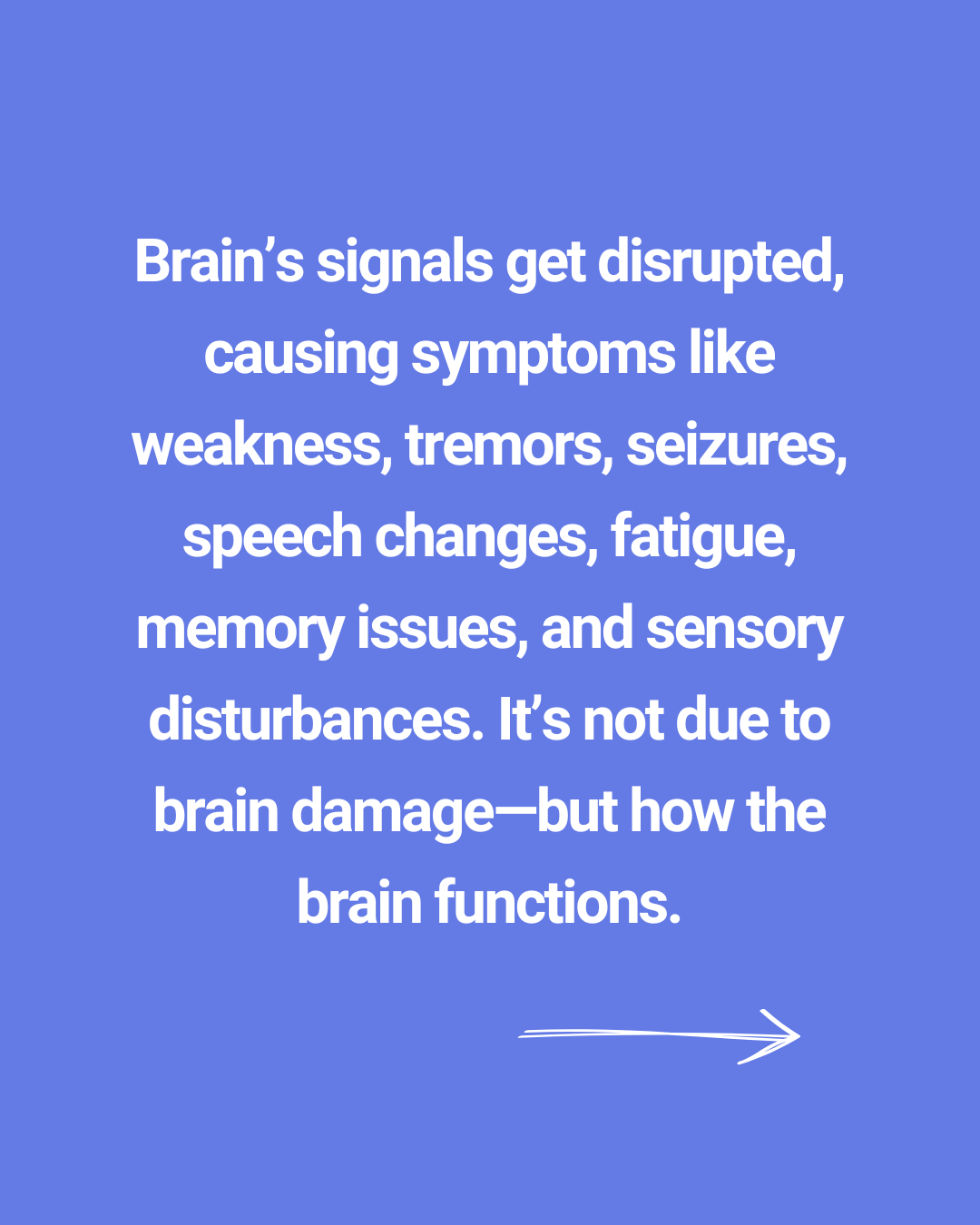-
![A cartoon illustration of a spina bifida awareness ribbon with the words 'Understanding Spinal Cord Injury' written on it against a purple background with abstract shapes.]()
Understanding Spinal Cord Injury
-
![Infographic with purple background explaining what a spinal cord is, with blue wavy design at the bottom.]()
What is a spinal cord?
-
![Title slide listing causes of spinal cord injury, including motor vehicle accidents, falls, violence, sports, diseases, and surgical complications, on a blue and purple background with circles.]()
Some causes of Spinal cord Injury
-
![An informational graphic with the question, "How does your spinal cord get damaged?" on a purple background. A white circle contains text explaining that the spinal cord can be damaged by compression, stretching, or severance due to trauma or diseases, tumors, or infections.]()
How does the spinal cord get damaged?
-
![Title slide about Tetrastemia also called quadriplegia and paraparesis with a purple spine illustration.]()
Tetraplegia & Paraplegia
-
![Diagram of spinal cord segments with descriptions of nerve impairment types: Cervical C1-C7 Tetraplegia affecting neck, arms, hands, and breathing; Thoracic T1-T12 Paraplegia affecting chest, abdomen, legs; Lumbar L1-L5 Paraplegia affecting hips, legs, sexual function, bowel, and bladder.]()
How damage to the spinal cord affects different parts of the body
-
![Graphic comparing complete versus incomplete spinal cord injuries.]()
Complete Vs Incomplete
-
![Digital cards with a blue card on top titled "Complete Spinal Cord Injury" and instructions about not passing signals beyond the injury site, with a road closed sign graphic at the top, against a purple background.]()
Complete Spinal Cord Injury
-
![A card with a yellow lightning bolt icon that contains information about an incomplete spinal cord injury, explaining that the spinal cord is damaged but not fully severed, and some nerve signals can still travel past the injury site, with movement or feeling below the injury level.]()
Incomplete Spinal Cord Injury
-
![Informational graphic with text about invisible symptoms of spinal cord injuries, featuring icons depicting a person in a wheelchair, walking with a walker, and using a cane.]()
Invisible Symptoms
-
![A health informational graphic listing symptoms and issues including neuropathic pain, fatigue, bowel and bladder dysfunction, autonomic dysreflexia, temperature regulation issues, depression and anxiety, spasticity or muscle stiffness, sexual dysfunction, and proprioception loss.]()
Some invisible symptoms may include...
-
![A colorful informational poster with a purple background and a decorative border in shades of blue and purple. The poster communicates support for individuals with spinal cord injuries, emphasizing the importance of emotional, physical, and mental support, and provides tips on how to help.]()
How you can help
-
![Logo for One 3 Care with a colorful heart shape and the website www.one3care.com.au on a pastel pink banner, set against a purple background with abstract shapes.]()
www.one3care.com.au
-
![Book cover titled 'Functional Neurological Disorder and the Nervous System' with a digital illustration of a brain made of connected dots and lines, and a logo in the top left corner.]()
Functional Neurological Disorder
-
![Text on a blue background explaining that functional neurological disorder affects how the brain and nervous system communicate, with a white arrow pointing to the right.]()
FND and the Nervous System
-
![Informational graphic with white text on a blue background explaining how disrupted brain signals cause symptoms like weakness, tremors, seizures, speech changes, fatigue, memory issues, and sensory disturbances, emphasizing it's about brain function, not damage. An arrow points to the right.]()
Symptoms of FND
-
![Illustration of neurons with overlaid text explaining that brain misreads signals can trigger symptoms like tremors, weakness, speech issues, or seizures.]()
-
![A motivational quote about stress and the nervous system on a blue background with a white arrow pointing to the right.]()
-
![Blue background with white text that says, "Here are 6 ways to Calm your Nervous System" and a white arrow pointing to the right.]()
Tips for calming your nervous system
-
![A woman practicing deep breathing outdoors with text overlay describing a breathing exercise for calming the nervous system, suggesting inhaling for 4 seconds and exhaling for 6 seconds.]()
-
![Blue background with white text describing grounding techniques for mindfulness, including examples of five things you see, four you can touch, three you hear, two you smell, and one you taste, with a white arrow pointing to the right.]()
-
![Number 3 step guide on pacing and planning balance activity with rest, suggesting breaking tasks into small, manageable steps and avoiding overload, with a blue background and a small white arrow pointing to the right.]()
-
![A person practicing yoga on the beach during sunset, sitting in a meditative pose with hands raised overhead. The text overlay emphasizes gentle, safe movements like stretching, walking, or yoga to reconnect the body and brain.]()
-
![Blue background with white text that reads, '5. Soothing Sensory Input Listen to calming music, nature sounds, or watch something visually relaxing like clouds or ocean waves.']()
-
![A blue background with white text that reads, '6. Connection & Support Talk with someone you trust—a therapist, peer, or friend. Being seen and supported helps your nervous system feel safe.' There is also a white arrow pointing to the right at the bottom right corner.]()
-
![A calming blue background with a faint image of a hand reaching out. White text overlays the image, reading: "A Reminder You are not imagining your symptoms. Your nervous system is working overtime to protect you. Calming your system is a gentle, ongoing process—and you don’t have to do it alone." The quote is attributed to Naomi Mawson from One 3 Care.]()


























